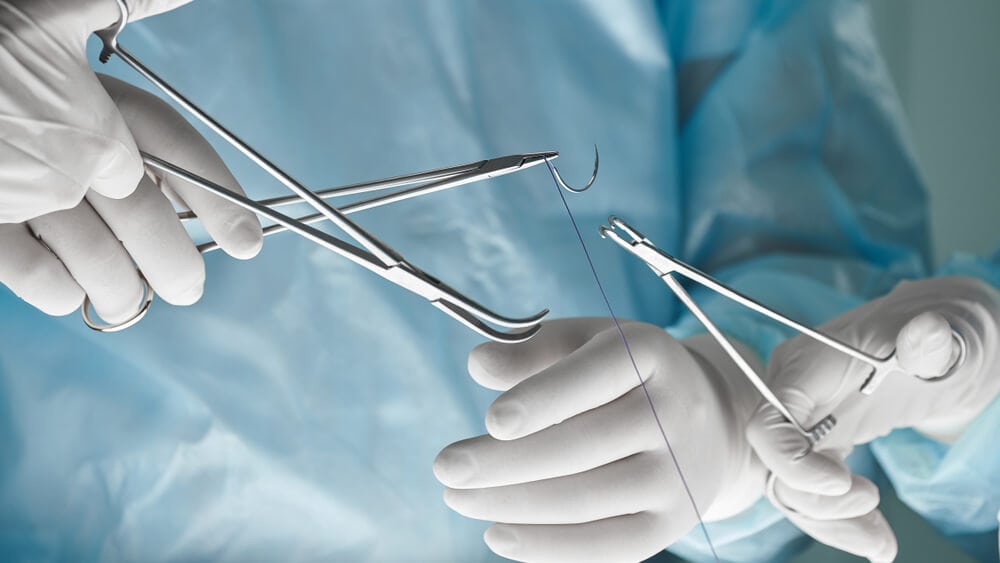The world of medicine can be a tricky subject matter, as so much can change from year to year. There are some insane ancient medical practices that you’d be shocked to see. However, there are some that may not surprise you at all because they are still in use today.
For years, the ancient world went through an era of medical discovery. This continued for centuries, even into the infamous Renaissance Era. It was here that several things began to change from their ancient philosophy into the modern approaches we use today. Of course, even things once used at this time also went out of use over the next few hundred years.
Possibly the most famous example of ancient medical knowledge turning out to be a problem happened with Galen of Pergamon. He was an Ancient Greek Physician who lived from 120 AD to 210 AD. He wrote medical books that were considered to be the only form of true medical fact for more than a century.
It turns out, Galen was wrong about a lot. Galen never examined a human to come up with his medical knowledge. Rather, he examined animals like dogs to come up with his concepts. Despite his failings, Galen still is remembered for being a noted physician who still did a lot of great things for medicine.
Other major physicians like Hippocrates, the man we base far more of our medical knowledge on today, had a much larger impact overall. Along with these two men, the ancient medical world did a lot of amazing things. Many of those practices used then are used today.
That is what our article is about, the ancient medical practices still in use today. We think you’ll be surprised to see what is still going on.
35. The Use Of Stitches

Stitches have been in play for over 5,000 years, with the first use dating back to around 3000 BC. The oldest known person that was uncovered with proof of stitches dates back to 1100 BC. We likely were able to see the stitches due to the person being a well-preserved mummy in Egypt, where stitches were quite common.
There were only so many supplies available to the ancient world though. This is why stitches were often made with multiple different things. Most used flax, hemp, and cotton to stitch a person up while others used animal materials like hair, silk, and even tendons & arteries. They worked for thousands of years and still do today.
